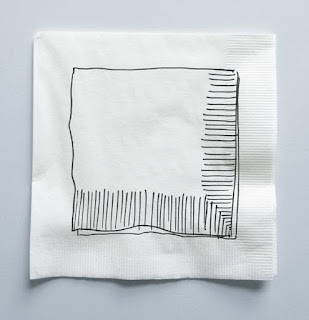In the 1870s, New Yorks Department stores started to display Christmas cheer.
The elaborate displays were loved and appreciated by young and old, waiting with anticipation for the unveiling of Christmas window displays. Many department stores have been well-known for their impressive Christmas window spectacles for generations. The availability of large sheets of plate glass in the nineteenth century led to the concept of using department store windows to attractively display the store's merchandise.
CHILDREN LOOKING THROUGH THE GLASS WINDOW OF MACY’S IN 1907.
1920's a child's pleasure.
Wigs display in Paris.
A shop window display of underwear, c 1935.
Photograph showing a display of underwear in a lingerie shop including the 'Body Belt'.
The notice reads: 'For the Slim - We introduce the new Body Belt with a unique graduated all-way stretch'.
The manufacturer appears to be J Roussel. (Daily Herald Archive / SSPL via Getty Images)
Shop in Murano Italy, displaying Murano jewellery. (My daughter Lilli.) 2007
Photos/Text Ts
Old Photos pinterest
Old Photos pinterest























